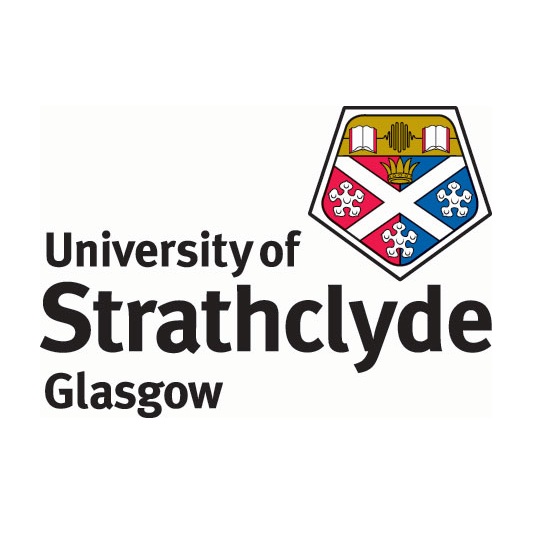Issues in Soft Landings
Soft Landings contains certain challenging issues which are:
- • It can be expensive
- • It is seldom realisable
- • It is not proactive enough
- • It is more difficult to address issues after process has ended
Issues in Soft Landings
Soft Landings can be a useful and effective process to improve the entire process of delivering buildings. It can help to strengthen the construction and building services industries due to its nature of being utilised from the initial design stages with its main focus being on the improvement of the operational performance of buildings and providing valuable feedback to project teams.
There are however, issues that might affect the overall effectiveness of the framework. A large proportion of the Soft Landings framework focuses on learning lessons which can be put to good use in the following major construction development. Learning lessons should be a vital part of delivering any product or service; however it can be difficult to learn lessons on such a bespoke item such as a building since every building is unique, being dependent on many different and independent parameters or variables. It can also be hard to put in place lessons learned to benefit the client as many construction projects may be a single building, so that there is little or no future point of need to use these lessons learned. It is possible, also that the development is a high intensity one with many buildings being constructed at the same time or immediately after each other. There is a possibility that these lessons can be put to effective use is limited in these cases.
Another major drawback of Soft Landings is the time the framework runs for. It is expected, at present, to run during the entire design and construction stage and to continue for the three to five years after handover. This is a very long process which will require a number of consultants and building services engineers working for the entirety of the project. This places a cost burden on clients, a factor that may make it impractical.
The team believes these issues imply that the Soft Landings framework is resigned to the fact that it may be impossible to deliver buildings that can perform as designed "out of the box". This would not be acceptable should a cosumer purchase a mobile phone or a computer.
Proposal for Improvement Upon Soft Landings
For these reasons the team considered implementing the use of software simulation into the soft landings process (B.E2).
Design Stages
By iterating with modelling simulation at the early stages of the design it can give clients statistical evidence of how the building is likely to perform. As such it can greatly affect their decisions of how to operate the building, the strategy deployed, and the equipment purchased and installed.
Aftercare Stages
The procedure can also help improve the aftercare process by reducing expenditure of time and money. It would also provide a virtual commissioning platform with capabilities for repeated use. Comparison can easily be made for different operation methods during the design stages as well as during after care for performance improvement.
It is expected that these proposals to improve upon the Soft Landings framework will make the process more dynamic and more pro-active (rather than re-active) meaning benefits can be made for future constructions, as they are currently proposed in softlandings, but also to make positive benefits to any completed building under examination.

